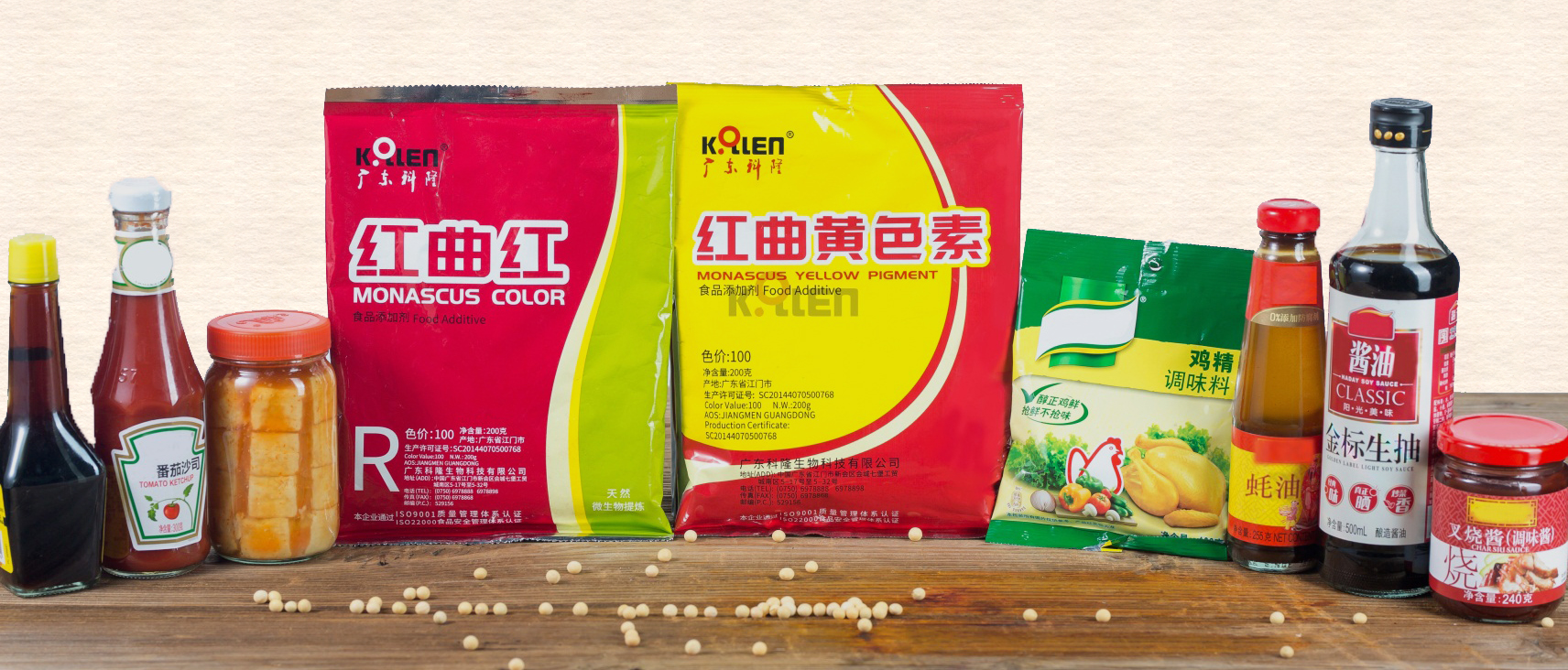On February 16th, Jiang Hailin, agronomist at Chaguo Station of the Agriculture Bureau of Yilong County, said that in the early spring, orchards should focus on management—
I. Clear Garden and Pruning
In the early spring, the orchards that had not completed the garden clearance work in the winter were cleared in time. The deciduous fruit trees were sprayed with 5 degrees lime sulfur and 0.8% to 1 degrees lime sulfur for the entire deciduous fruit trees to complete the clean garden work. The undecided deciduous fruit trees in winter were trimmed as required before the end of February, and the evergreen fruit trees completed the comprehensive pruning work in time.
Second, drainage
It is often rainy in spring. Orchard drainage is an important measure to solve the contradiction between moisture and air in the soil and prevent flooding and protecting the trees. All orchards in low-lying lands should be opened in time to ensure the normal growth of fruit tree roots.
Third, prevent diseases
Observe the stems and stems of the trees and find stem diseases (such as pear rot, pear ringworm disease, etc.), scrape the lesions on the stems in time, and disinfect the wounds with carbendazim or thiophanate-methyl or Guofukang.
Fourth, keep flowers and fruit thinning and thinning
Results Poor performance fruit trees or orchards lacking pollination trees do a good job of artificial pollination, flowering bees, and supplementation of trace elements to promote pollination, so as to achieve the purpose of flower protection and fruit production and increase yield. For fruit trees with good fruiting performance, excessive flowering should be eliminated during the flowering period to save nutrients and increase the fruit setting rate. Fruits should be removed during the fruit period to remove excess fruit, malformed fruit, damaged fruit, etc., and improve fruit quality.
Fifth, treatment of pests
Pears and flowers are sprayed with 15% triadimefon WP 2000 times once a week for 2 times in succession. It is effective for preventing pear rust. To prevent pear black spot, peach scab, and other diseases, thiophanate-methyl 1000 times can be used during the leaf spreading period, and sprayed once every 7 to 10 days for two consecutive times. In the orchard, it is necessary to carefully observe the pests at regular intervals. The fresh shoots are sprayed once more with a 1000-fold solution of the net powder to kill locusts, pear-stemmed bees, and leafhoppers. The pear hibiscus should strengthen early prevention and control, remove the damaged leaves, and destroy them in a concentrated manner. The use of hibiscus net should be used twice in a row, and the control effect is good. Spraying should be even and thorough, ensure no leakage of spray, no heavy spray, and maintain the healthy growth of fruit trees.
Monascus Yellow Pigment is a natural origin additive, which is substance added to food to enhance its taste and appearance. Guangdong Kelong is specialized in Monascus Pigment. Our Monascus Yellow Powder is basically stable in PH3.0~14.0, and has great heat resistance and high purity.
Monascus Yellow Pigment can be used in many kinds of food, such as meat, cake, beverage, etc. If you want to know more about the details of products and specific applications. Please click the catalogue and products.

Monascus Yellow
Monascus Yellow Pigment,Best Food Coloring,Organic Food Coloring,Monascus Yellow Powder
Guangdong Kelong Biotechnology Co., Ltd. , https://www.kelongfood.com